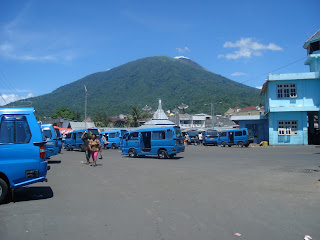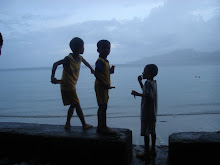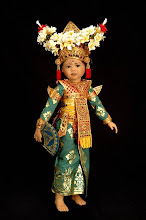.jpg)
Photograph above is Ternate town, where in this island you will find a lot of spice trees. You won't be disappointed if you visit it.
Indonesia is an archipelago in southeast asia consisting of more than 17,000 islands and straddling the equator. The largest islands are sumatra, java (the most populous), bali, kalimantan (Indonesia's part of borneo), sulawesi (celebes), the nusa tenggara islands, the moluccas islands, and irian jaya (also called west papua), the western part of new guinea. Its neighbor to the north is malaysia and to the east is papua new guinea.
.jpg)

Men of the Western world think that Indonesian women are quite beautiful and attractive. They are often attracted to the ethnic look that Indonesian women provide. Indonesian women often take very good care of themselves. Their personal hygiene is excellent and their beauty is natural. They are often quite smart as well. They are trained by society to be able to hold great and intelligent conversations about many things. Some of them are very interested in politics and other worldly issues and make perfect dinner companions.
Why man should love them? Because they are the total package. For a man to score a mail order bride from

Children in Indonesia like just like other children. Most children like to read books with pictures, they don't like too many text. Children also like to play electronic toys such as PlayStation. Indonesia has up to 500,000 children — or 0.6 percent of the country's roughly 85 million children living in institutions, one of the highest rates in the world. Of those, 90 percent still have one or more parent alive. Most children have very little contact with their families, perhaps a brief visit home once a year, because they are too poor to travel.
They smile give us many expectations and hope for the glory of this country. In the morning, the children are happy; in the day time, the weather-beaten children are happy; in the afternoon, as well as the evening, midnight, and even dawn, the children are still happy.
(The picture was taken from: http://jimphoto.org/fotos)
.jpg)


|
|